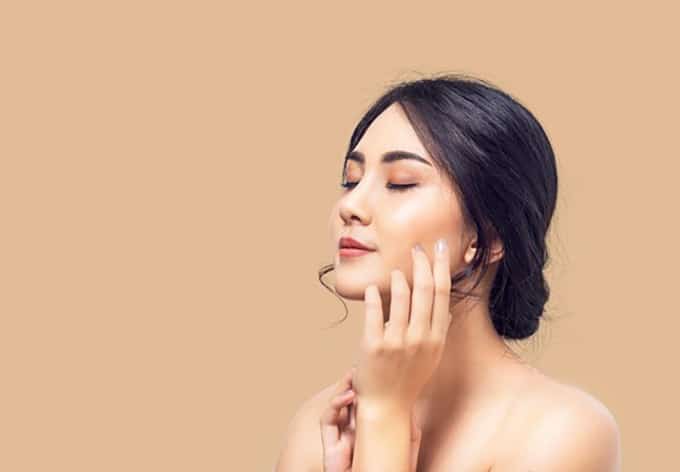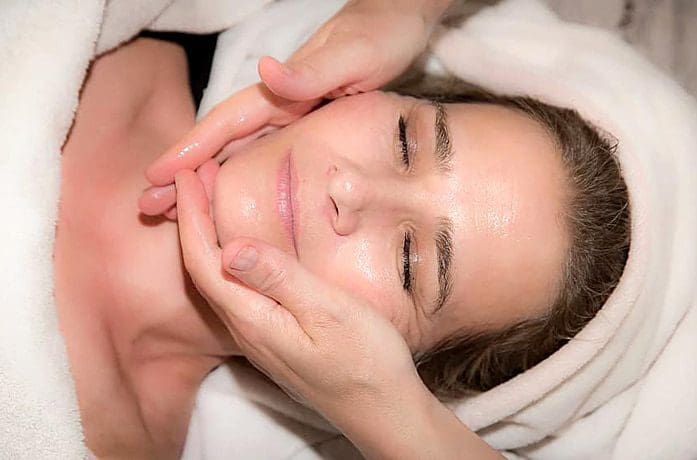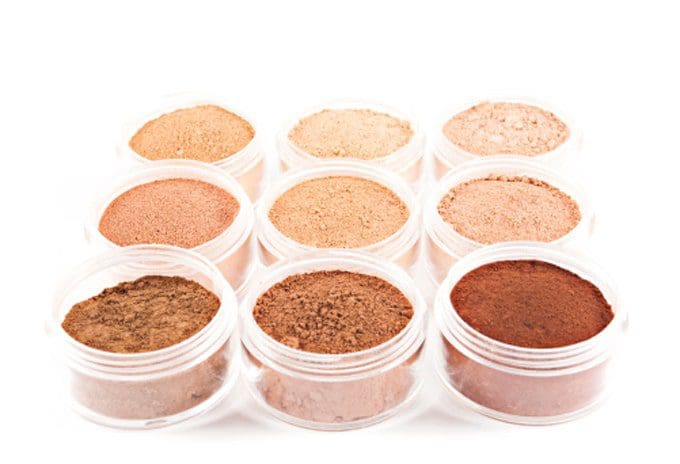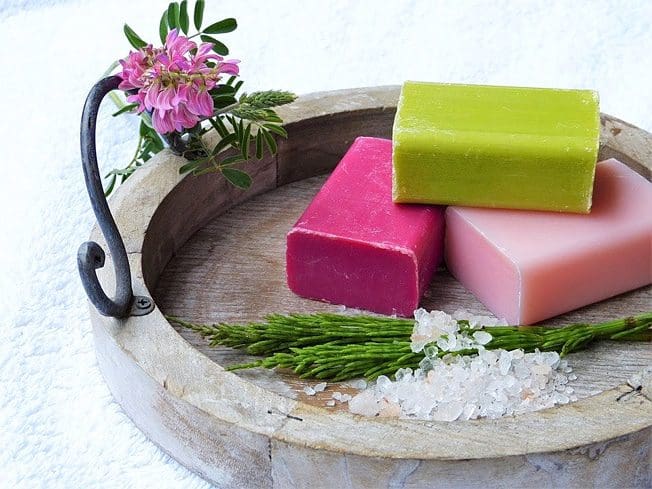words Alexa Wang

The skin care market is full of products with long lists of ingredients. But which ones do dermatologists recommend for the most effective care of your skin? Here is the lowdown on three key components:
1. Squalane
Squalane is a component involved in the composition of many cosmetics for the skin and hair. There are three types of squalane:
- Synthetic squalane
- Squalane of animal origin, extracted from shark liver
- Plant-based squalane favoured in cosmetics of organic or natural origin
Its multiple benefits for skin and hair
Squalane is a top-rated product in cosmetics because it is similar to the composition of the hydrolipidic film secreted by the epidermis. For this reason, it has an excellent affinity with the skin as an emollient (it softens the skin) and as a moisturizer. In addition, it also has benefits for the hair.
Plant-derived squalane has many benefits for the skin. To begin with, it restores the hydrolipidic film of the skin, a natural protective barrier against external aggressions (pollution, dirt, etc.) and prevents the skin from becoming dehydrated.
But that’s not all: squalane also acts as a skin emollient, which means that it will soften the skin so that it can more efficiently absorb products and treatments. Finally, squalane provides cosmetic products with a pleasant, low-greasy texture that is easily absorbed. Ideal for a product that is applied daily! Squalane also has benefits for the face as it allows you to find a radiant and luminous complexion in any season.
2. Retinol
Retinol is a type of retinoid; chemical compounds derived from vitamin A. The molecule is produced naturally by our body. It was first used in acne treatments. Its ability to stimulate cell renewal inspired chemists doing research in cosmetic laboratories. The reach of retinol has grown: skincare formulas acting on the signs of ageing have emerged and gained countless followers.
What are the benefits of retinol?
The multiple benefits of retinol make it an unparalleled anti-ageing ingredient, in addition to being an ally for acne-prone skin. It intervenes both on the skin’s surface and, in depth, at the dermis level. It loosens dead skin and unclogs pores, making the complexion more even and radiant. It fades pigment spots. Activating the production of collagen and elastin makes the skin more supple and helps reduce the appearance of fine lines and wrinkles. Another of his feats? It tones the skin tissues.
3. Hyaluronic acid
Hyaluronic acid is one of the few ingredients recommended by most dermatologists. This molecule often referred to as sodium hyaluronate, hyaluronan, or hydrolyzed hyaluronic acid in the ingredient list, is popular with skincare experts.
Hyaluronic acid is a molecule naturally produced by the human body that is found in high concentrations in the skin, connective tissue and eyes. About half of your body’s hyaluronic acid is in your skin, which helps bind water to collagen and lock it into the skin, so your skin can look plumper, dewy, and plumper.
Hyaluronic acid is a truly versatile ingredient in skin care. If we have to sum up its actions:
- fighting wrinkles
- improving acne problems for some people
- enhancing the firmness of the skin
- accelerating healing
These ingredients are widely used in moisturizers, eye creams, and serums. Hyaluronic acid has many benefits like its lightness, watery nature, ability to lock in moisture from the environment, and deeper dermis to hydrate the skin thoroughly. It is suitable for all skin types, but people with dry and more mature skin will see more significant benefits from using hyaluronic acid.




